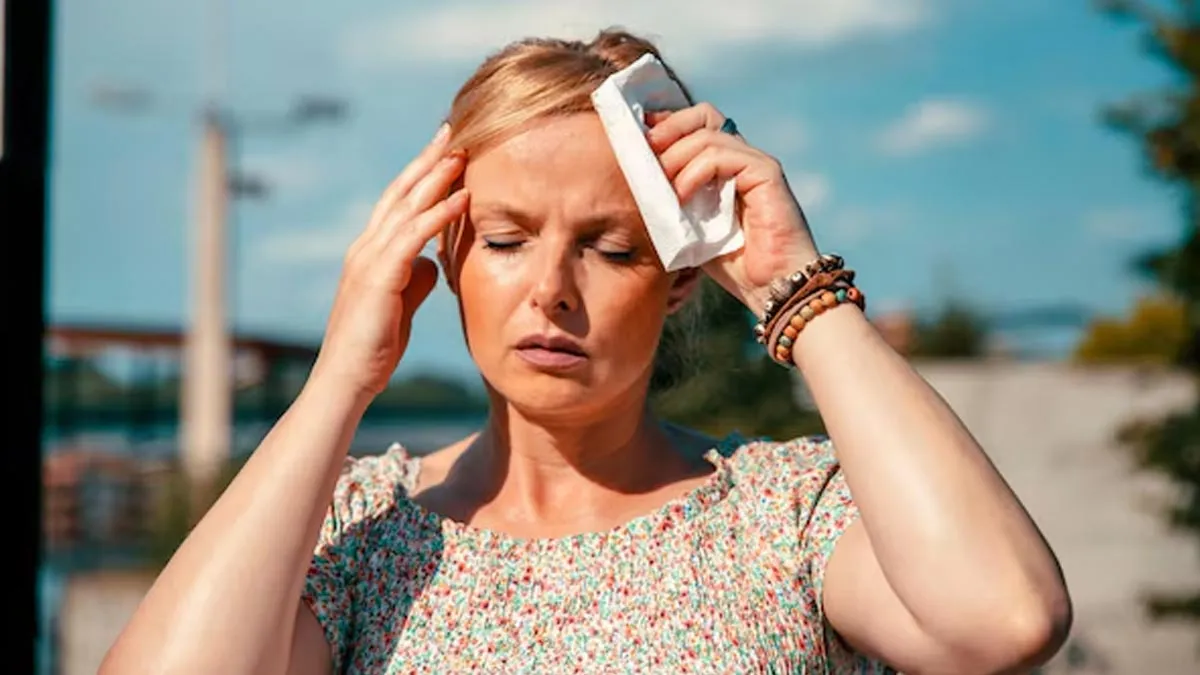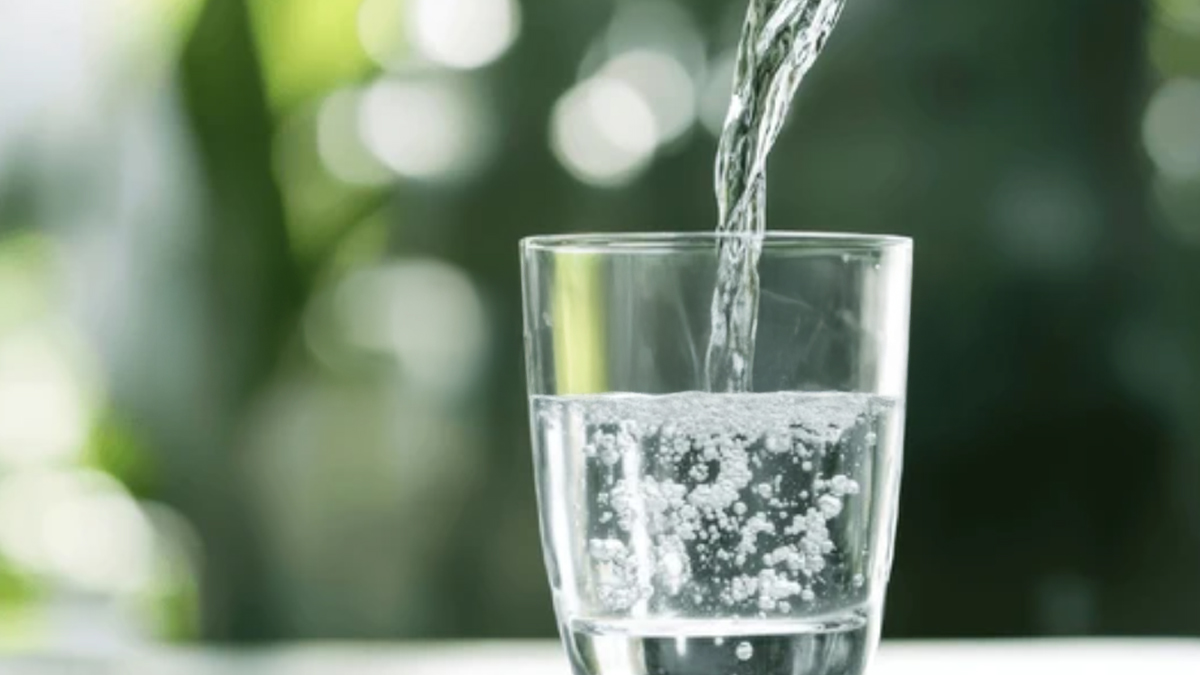
Have you ever got that mid-afternoon headache that just won’t go away, no matter how much water you drink or how many fans are on? In summer, these headaches sneak in more often than we realise. Heat and dehydration play a big role but so do everyday things like skipping meals, too much screen time, or even sleeping badly in the heat. Simple tweaks in your routine, eating habits, and living environment can make a big difference.
Table of Content:-
What Causes Summer Headaches?
Summer headaches are often triggered by:

- Dehydration
- Electrolyte imbalance
- Skipping meals or irregular eating patterns
- Too much sun exposure or heatstroke
- Caffeine withdrawal
- Sudden changes in temperature (like going from AC to scorching heat)
- Poor sleep due to heat
This puts extra strain on your body's cooling system, leading to dull, heavy, or throbbing headaches, usually around your temples or forehead.
Tips To Stop Summer Headache
1. Hydrate the Right Way

Yes, you know water is crucial, but it's not only about our amount. It's also about timing and what you drink. A study in Family Practice reported that boosting water consumption can help cut the severity and frequency of headaches sharply.
Try this
- Begin the day with a glass of water before tea/coffee.
- Use a pinch of salt and a couple of drops of lemon or half a slice of cucumber in your water for more effective absorption of electrolytes.
- Steer clear of sugary juices or sodas, as they cause blood sugar spikes and crashes, making headaches worse.
- Consume coconut water or ORS in case of profuse sweating, it restores lost salts.
2. Don’t Skip Meals
Another reason for experiencing summer headaches is low blood sugar levels in your body. Skipping breakfast or delaying meals can lead to energy crashes and irritability.
Quick fixes
- Opt for light, hydrating breakfasts like fruit bowls, smoothies, soaked chia seeds, or a banana with curd.
- Eat small meals every 3-4 hours.
- Avoid oily or spicy foods during lunch hours, especially if you’re prone to acidity, which can trigger headaches.
Also Read: What Causes A Headache At The Back Of The Head?
3. Protect Yourself from Heat Exposure

Direct sunlight can lead to a spike in body temperature and even mild heat exhaustion, especially if you’re outdoors between 11 am and 4 pm.
Preventive steps
- Use sunglasses, wide-brimmed hats, or umbrellas.
- Stay in shaded areas when possible.
- Apply a cold wet cloth or cooling face mist on the back of your neck when overheated.
- Use breathable cotton clothes to allow sweat to evaporate.
4. Cool Down Without Causing a Shock
One of the most common mistakes? Going from a hot environment straight into blasting AC or vice versa. The sudden temperature change may cause headaches in sensitive people.
Instead:
- Let your body adjust for a minute or two before entering cool rooms.
- Use a fan for gradual cooling before switching on the AC.
- Leave the AC on medium temperatures (approximately 24–26°C) rather than extreme cold.
5. Practice Gentle Neck and Eye Stretches
Long periods of computer use during summer's intense lighting can cause eye strain and neck tension, both of which are associated with tension-type headaches.
What you can do:
- Use the 20-20-20 rule: every 20 minutes, focus on something 20 feet away for 20 seconds.
- Stretch your neck, shoulders, and upper back at least once per hour.
- Cold compresses on the forehead or eyes might relieve throbbing tension.
Also Read: How To Use Menthol For Reliving Headache And Migraine
6. Sleep Well, Even When It’s Hot

Overheating at night can lead to disturbed or poor-quality sleep, which, in turn, increases your risk of headaches.
Tips for better sleep:
- Take a cool shower before bed.
- Use lightweight, breathable bedding.
- Keep the room dark and cool (try blackout curtains).
- Avoid screens 30 minutes before bedtime because they exacerbate both insomnia and eye strain.
7. Know When It’s Something More
If your daily headaches do not improve despite changing your lifestyle, speak to a doctor. Sometimes, chronic headaches in summer could be linked to migraines, sinusitis, high blood pressure, or even eye strain that needs correction.
Bottomline
Summer headaches may seem unavoidable, but they're usually your body's request for balance, additional water, additional rest, higher-quality food, and less stress. Rather than masking the pain with daily medication, begin by listening to these subtle signs and implementing small, long-term changes.
[Disclaimer: This article contains information for informational purposes only. Hence, we advise you to consult your professional if you are dealing with any health issue to avoid complications.]
Also watch this video
How we keep this article up to date:
We work with experts and keep a close eye on the latest in health and wellness. Whenever there is a new research or helpful information, we update our articles with accurate and useful advice.
Current Version